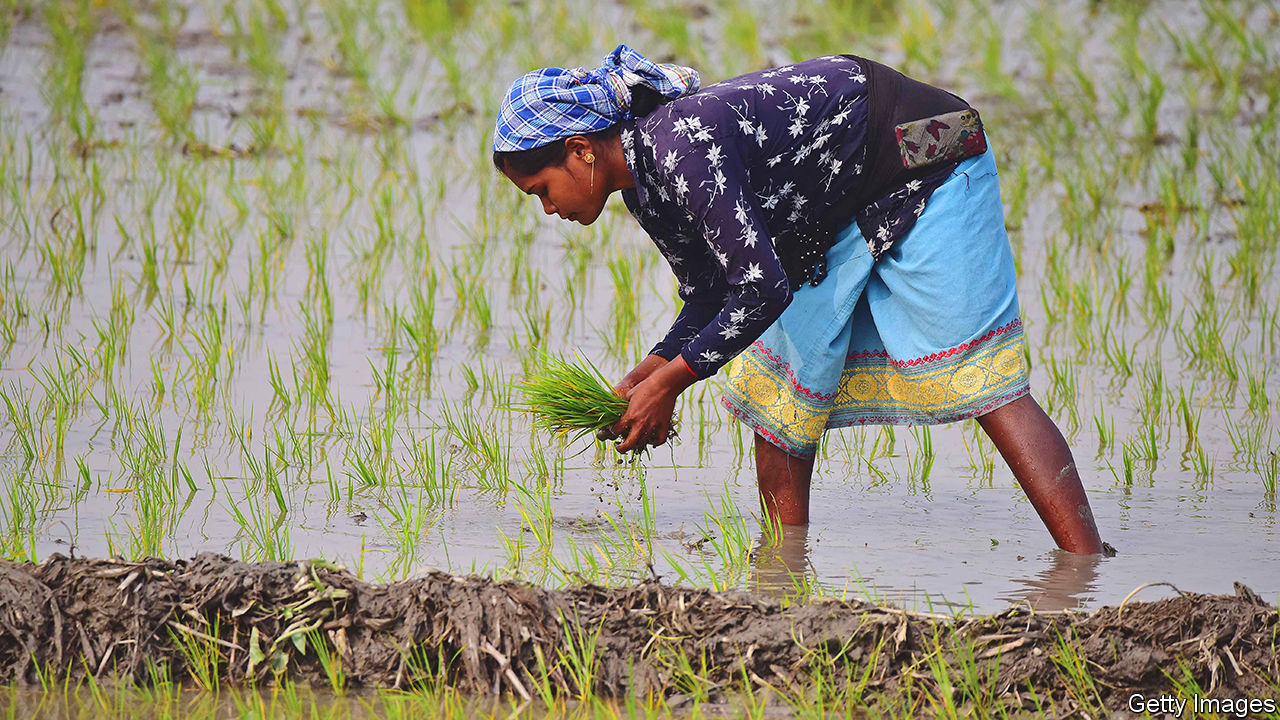how to actually fix the global rice crisis https://www.bloomberg.com/news/articles/2022-02-19/chinese-scientists-discover-how-to-grow-seawater-rice?leadSource=uverify wall
Yes, that should absolutely be included as part of an “all of the above” strategy. That said, that rice still retains its other problems, like the poor nutritional value of white rice. It may also have another issue that wasn’t included in the article, a tendency to absorb and retain certain toxins like arsenic.
Rice is a staple food for a lot of cultures, and telling people to not eat rice is a chauvinistic and frankly racist solution. Precisely what you’d expect from a publication like the economist/
Then let people choose how much rice they want to eat instead of subsidizing only rice. Many alternative grains are already part of the culture at every point along the income spectrum. For example, sorghum’s largest producer is Nigeria, with the other large producers being the US, Sudan, Mexico, Ethiopia, and India. Governments can promote these more nutrition and climate friendly grains without forcing anyone to do anything.
Who is exactly forcing anybody to do anything?
I was contrasting it with your claim of “telling people to not eat rice”. Governments can recommend that people not eat as much rice and then simple not put their thumb on the scale.
But now that you mention it, the current effect is that poor people are forced to eat rice. When governments buy up rice and give it to poor people for free, the poor people have little choice but to eat the less nutritious rice. It is similar to how the US subsidizes corn.
The actual current effect is that the west is fucking the rest of the world over as usual
You hate the West. I get it. This story is focused on a change that can benefit everyone. The Economist publishes similar stories on Western countries that include policy prescriptions, so it’s hardly “chauvinistic and frankly racist”. And in case you didn’t notice, a lot of people in the West eat plenty of rice, so it applies here as well.
Basically ideas:
- Rice consumption and production in Asia is enormous (surprise!)
- Productivity jumped a while ago with the introduction of new strains and farming methods, but that has slowed in recent years. Credit goes to overuse of pesticides, fertilizer, and irrigation poisoning soil; urbanization; and global warming.
- Rice paddies contribute directly to global warming through methane from bacteria and indirectly through deforestation.
- Rice, especially white rice, is not very nutritious, leading to both malnutrition and diabetes.
Policy makers could help in a few ways:
- Provide crop insurance instead of overgenerous subsidies on rice production. This will help farmers switch over to new growing methods and seeds that resolve the above issues.
- Switch to new grains that are more nutritious and have a lower environmental impact. India and Indonesia are already in the midst of doing this.
- Stop buying rice and redistributing it for free. Instead, provide income support for farmers and cash transfers for poor people. This allows them to try out alternative grains.



